/c20eb946-2f15-4692-8fc9-80c36811b7b1.png)
Fishbone Diagram Template - Free Download for Root Cause Analysis
Review Rating Score
A fishbone diagram is a powerful problem-solving tool that is used to identify the root causes of a particular issue or problem. It's also known as an Ishikawa diagram or Cause-and-Effect diagram. At BizzLibrary.com, we understand the importance of having a clear and concise Fishbone Diagram template to solve complex problems and brainstorm solutions.
What is a Fishbone Diagram?
A fishbone diagram is a visual tool that helps to structure brainstorming sessions and identify the root causes of a problem or issue by breaking it down into smaller components. The diagram is shaped like a fishbone, hence the name, with the main problem statement at the head and the potential causes branching out into subcategories or "bones". Each subcategory represents a possible cause of the problem.
Why Use a Fishbone Diagram?
A fishbone diagram is a highly effective way to collaborate with colleagues and stakeholders to solve complex problems. Here are just a few reasons why you should consider using a fishbone diagram:
- Organized Thinking: The diagram helps to focus thinking and organize ideas into manageable categories, making it easier to consider all the possible causes of a problem.
- Identification of Root Causes: By breaking down a problem into smaller components, a fishbone diagram helps to identify the root causes of a problem. This enables the team to address the underlying issues causing the problem, rather than just the symptoms.
- Better Collaboration: The fishbone diagram encourages collaborative thinking and group discussions, enabling every team member to contribute their ideas and insights.
How to Use Our Fishbone Diagram Template
Our Fishbone Diagram template is designed to help you visually model potential causes of problems, analyze their respective impact points and collaborate with your team to develop a comprehensive solution to the problem. You can download it in PDF format and print it directly from our website.
- State the Problem: Write the problem statement in the box at the head of the fish. Be as specific as possible.
- Add Your Categories: Label each of the subcategories with a possible root cause of the problem. The most common categories are People, Process, Environment (physical and technological), and Materials (inputs).
- Brainstorm Potential Causes: Fill in each bone with possible causes of the problem within each category. List as many causes as possible.
- Analyze the Causes: Once you have completed the diagram, analyze the potential causes and consider how each one may relate to the problem in question. Use this information to identify the most likely root causes of the problem.
Get Your Fishbone Diagram Template
Download our Fishbone Diagram template in PDF format today and take the first step towards solving complex problems with confidence. Head over to BizzLibrary.com now to access a wide range of customizable document templates, including business proposals, sales agreements, and more. Streamline your business workflow and achieve success today!
Is the template content above helpful?
Thanks for letting us know!
Reviews
Lyla Ramos(7/24/2023) - GBR
Perfect!!
Author. Content was provided by:
Elizabeth Davis
Elizabeth is from the sunny desert city of Phoenix, Arizona. She is thrilled to connect with professionals and like-minded individuals who share a passion for social technologies, content creation, and the exciting possibilities that AI brings to the world of social media. Her hobbies are hiking, climbing, and horse riding. Elizabeth has a master's degree in Social Technologies that she received at the ASU (Arizona State University). As a freelancer, she mostly contributes content related to IT. This includes articles on templates and forms provided by our community.
Follow Elizabeth
Last modified
Our Latest Blog
- A Guide to Make a Business Plan That Really Works
- The Importance of Vehicle Inspections in Rent-to-Own Car Agreements
- Setting Up Your E-mail Marketing for Your Business: The Blueprint to Skyrocketing Engagement and Sales
- The Power of Document Templates: Enhancing Efficiency and Streamlining Workflows
Template Tags
Need help?
We are standing by to assist you. Please keep in mind we are not licensed attorneys and cannot address any legal related questions.
-
Chat
Online - Email
Send a message
You May Also Like
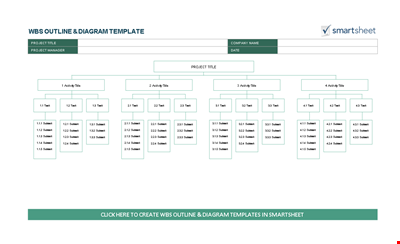
Work Breakdown Structure Template - Project Outline & Diagram
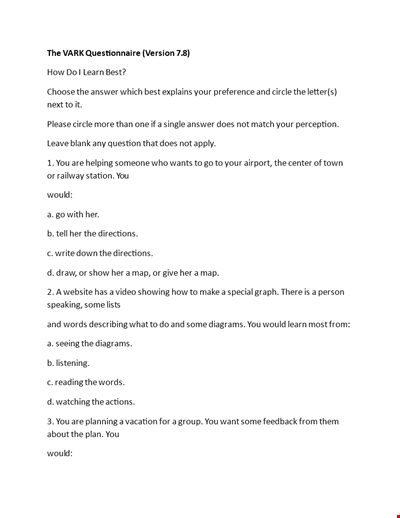
Create Effective Questionnaires - Learn with Diagrams | Category: Templates
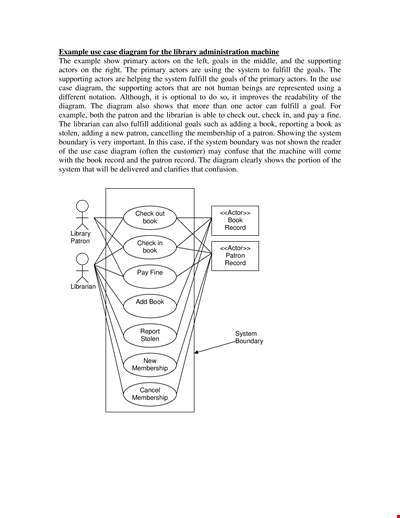
Effective Use Case Template for System: Organize Actions and Actors with Diagram
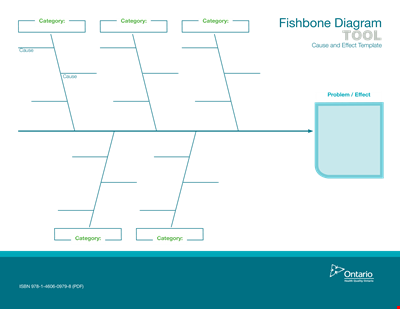
Fishbone Diagram Template - Organize Categories, Causes, and Effects
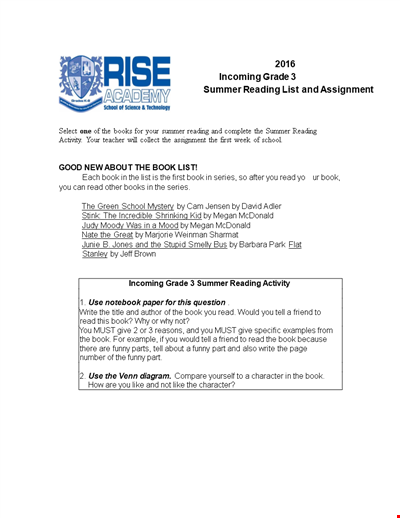
Funny Venn Diagram Example for Reading and Summer
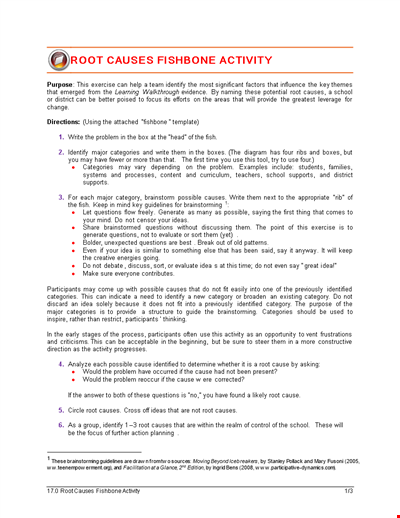
Download our Fishbone Diagram Template for Effective Categorization of Causes
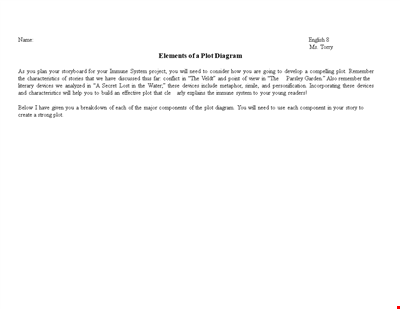
Create Compelling and Effective Plots with Our Plot Diagram Template - Devices and Immune included
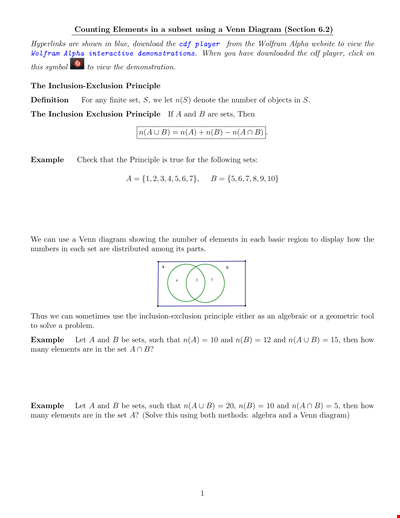
Subset Venn Diagram Example

Funny Venn Diagram Example
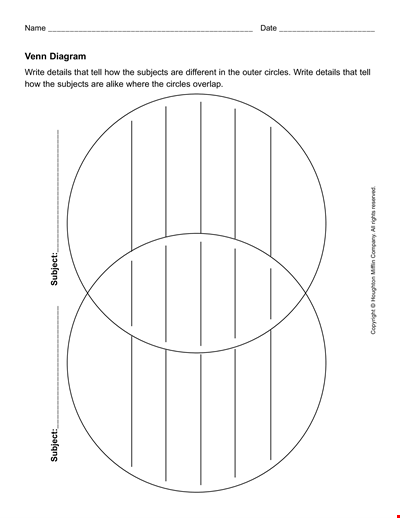
Use Case Venn Diagram Example
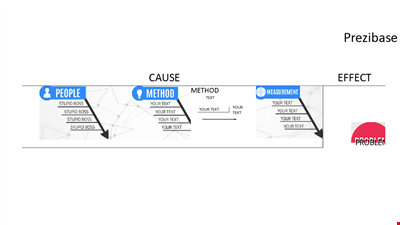
Cause and Effect Diagrams | Fishbone Diagram Template
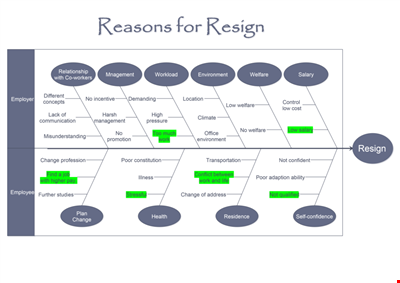
Fishbone Diagram Template for Effective Problem-Solving
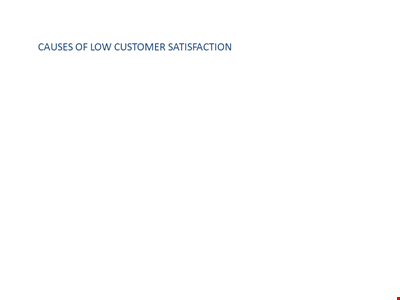
Fishbone Diagram Template for Customer Satisfaction
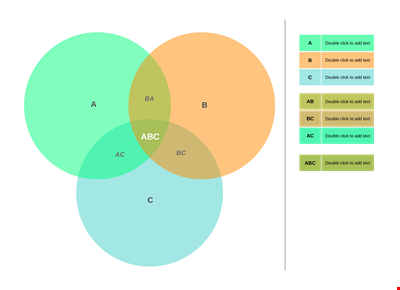
Create Custom Venn Diagrams | Easily Design and Save
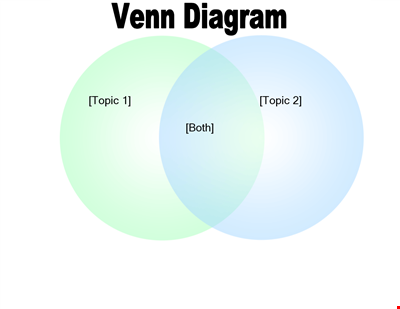
Professional Venn Diagrams with our Customizable Template
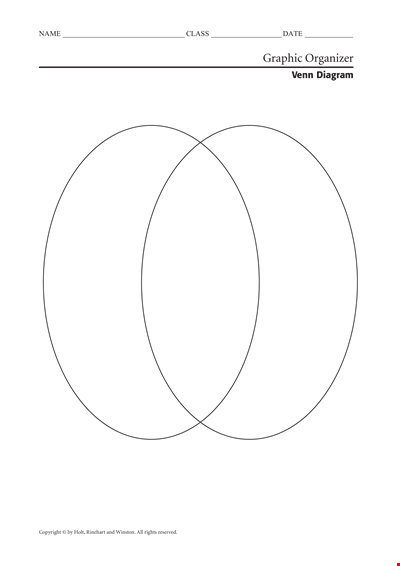
Organized Visual Displays with Our Venn Diagram Template